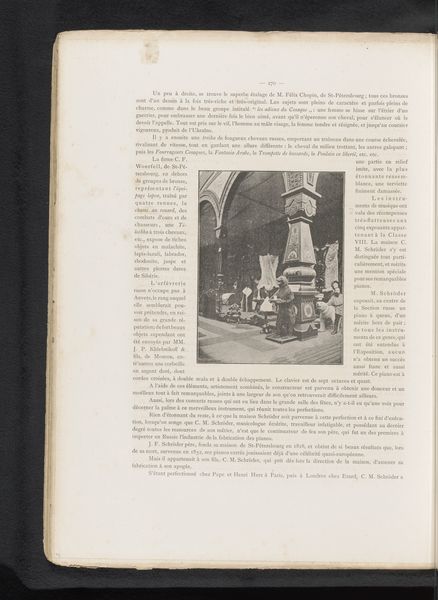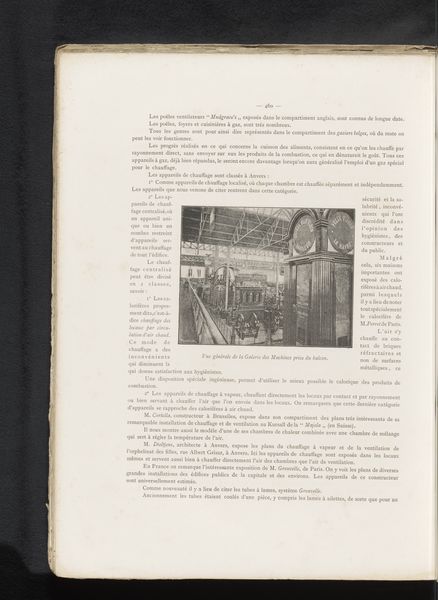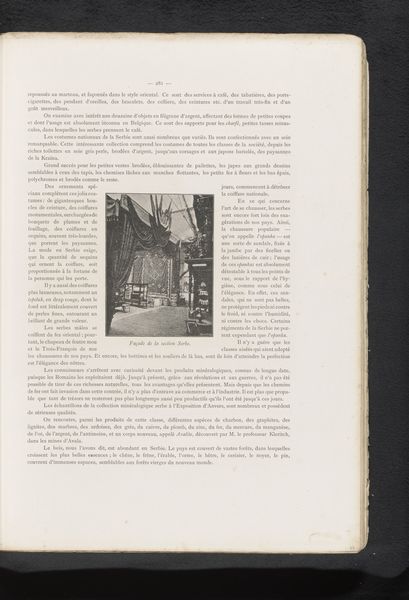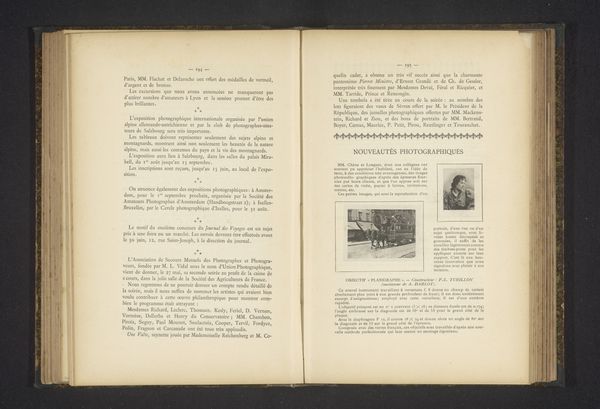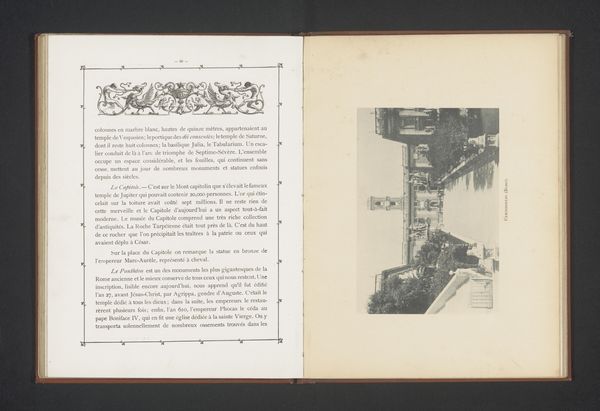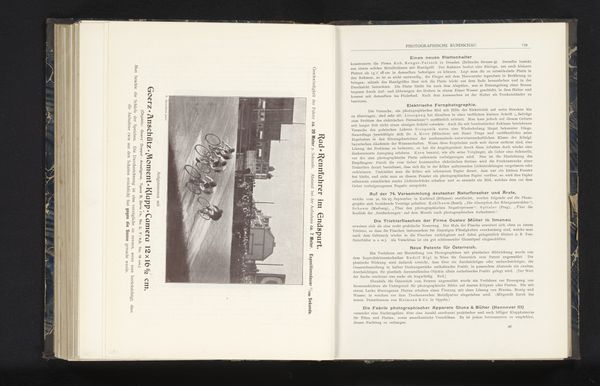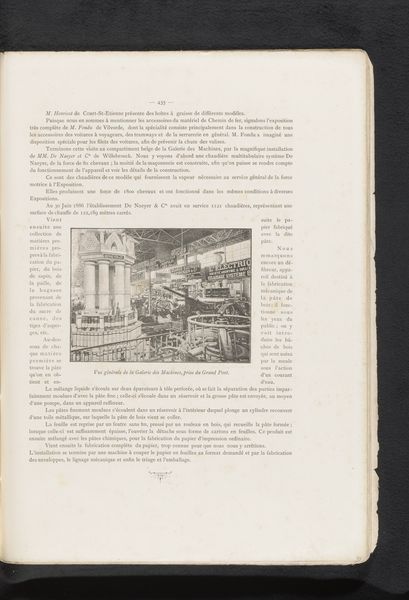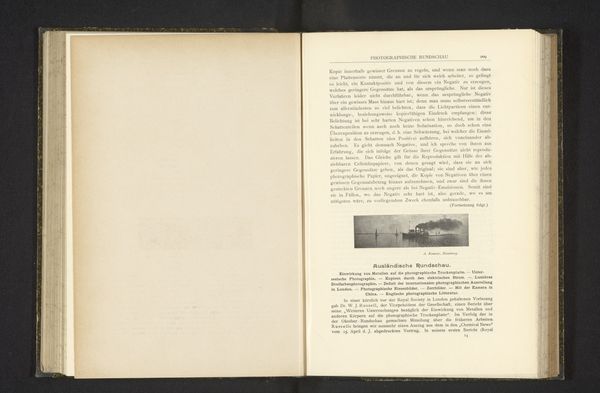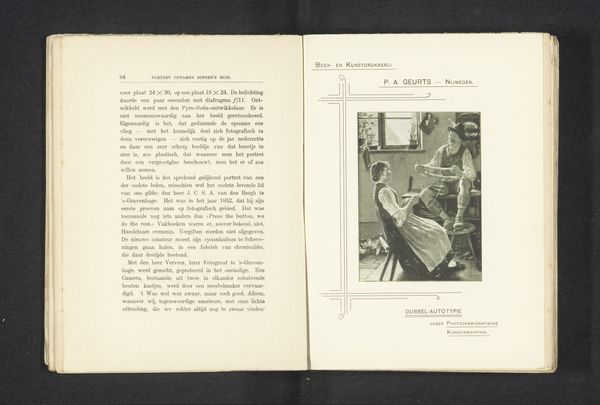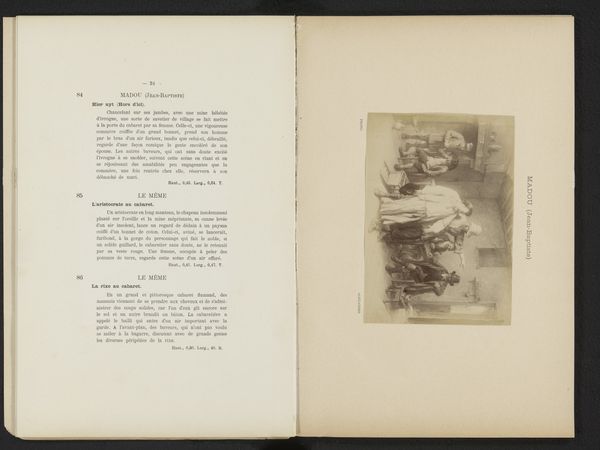
Gezicht op de Nederlandse, Franse, Engelse, Oostenrijkse en Amerikaanse delen van de Wereldtentoonstelling van 1885 in Antwerpen before 1885
0:00
0:00
mixed-media, lithograph, print, photography
#
mixed-media
#
lithograph
# print
#
photography
#
history-painting
#
modernism
Dimensions: height 108 mm, width 141 mm
Copyright: Rijks Museum: Open Domain
Curator: Let's delve into this lithograph. It’s titled "View of the Dutch, French, English, Austrian, and American Sections of the 1885 World's Fair in Antwerp," created anonymously before the exhibition. It's fascinating to consider how this print served as a record and a piece of promotional material, showing the participating nations’ contributions all at once. Editor: My first impression is one of immense activity, the clamor of the modern age distilled into these monochrome lines. The composition is quite busy, crammed with industrial imagery. It's the symbolic weight of human progress, isn't it? Curator: Absolutely. World's Fairs, especially in the late 19th century, were carefully staged to present particular national narratives and imperial ambitions. Consider how the arrangement here promotes a vision of industrial advancement, with subtle undertones of competitive nation-building. Editor: The eye is drawn towards those vast structures and their machinery... each country striving to present the most innovative or the most impressive symbol of power. The symbolism of progress, industrial might, international standing! How interesting it is to see nations vying for technological and artistic leadership. Curator: The fair served as a symbolic battleground where the latest industrial techniques and modern aesthetics would be exhibited to the world. Prints like this became valuable historical documents later. Editor: Prints as propaganda and mementos—they’re such fascinating things. The imagery taps into a broader narrative of ambition and accomplishment of the fair; looking back, these symbols also echo historical continuities. Curator: Yes, they offer multiple readings across time. The image served a clear purpose when created, but now allows reflection and reevaluation. Editor: Ultimately, such an artifact enriches our understanding, highlighting both the achievements and inherent biases embedded within representations of history. Curator: Indeed, reflecting on this work reveals so much about how societies chose to portray themselves and their aspirations.
Comments
No comments
Be the first to comment and join the conversation on the ultimate creative platform.
